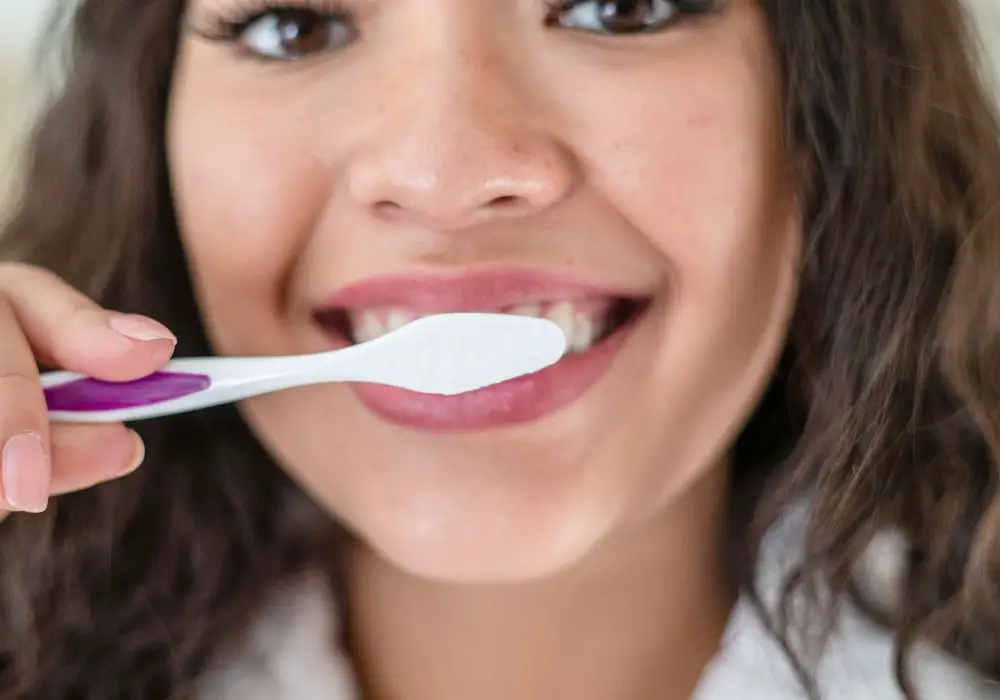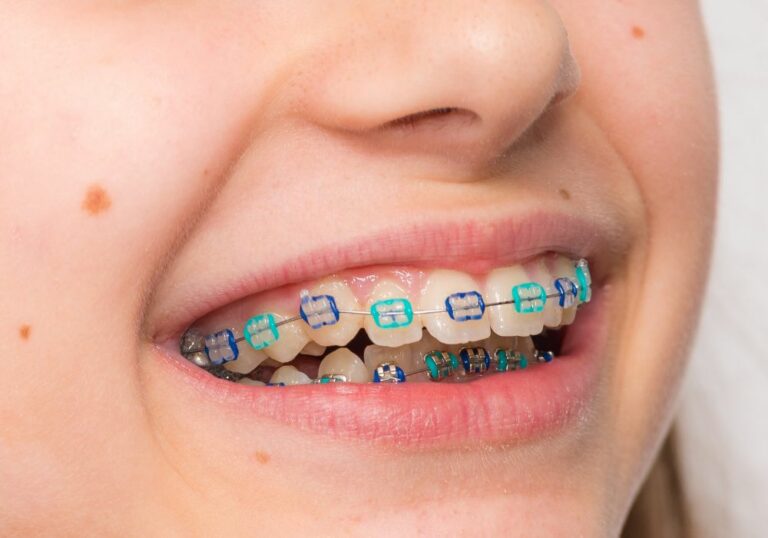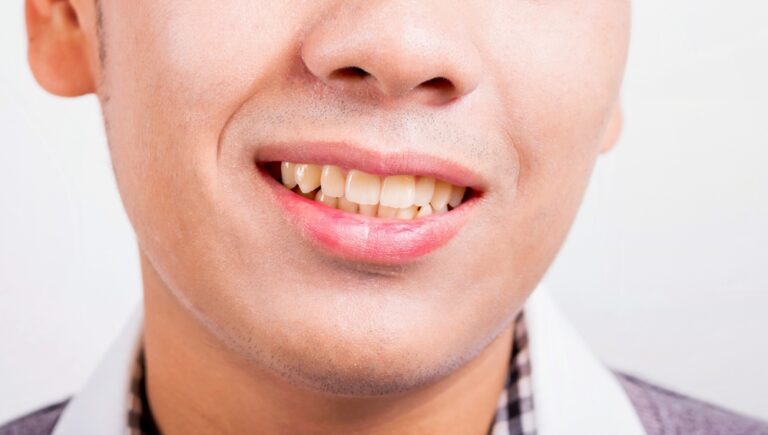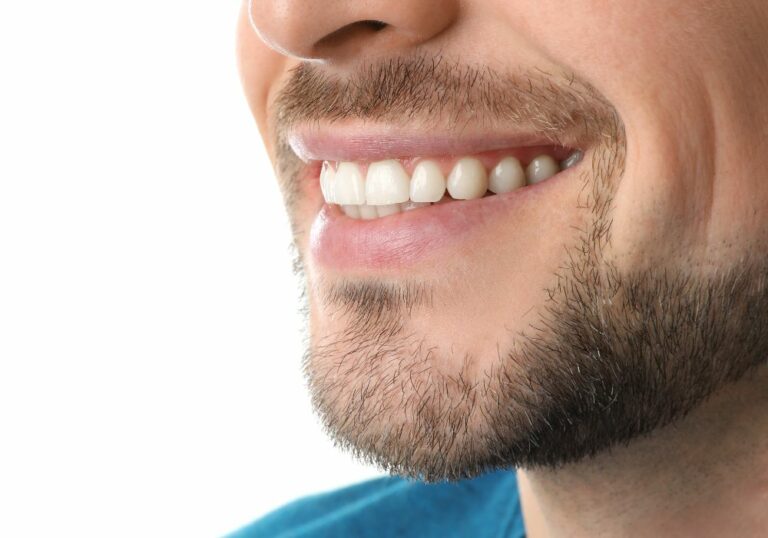Maintaining good oral health involves more than just diligent brushing. Many people are puzzled and frustrated that their teeth still develop problems like cavities, discoloration, and gum disease even though they brush their teeth regularly. There are several reasons why brushing alone may fail to keep teeth in optimal condition.
Flawed Brushing Technique

Using the proper brushing technique is essential for cleaning your teeth effectively. However, many common brushing mistakes result in plaque buildup being left behind:
Rushing Through Brushing
Brushing teeth too quickly prevents the toothbrush bristles from removing all plaque. Most dentists recommend spending a full two minutes brushing your teeth. This allows enough time to thoroughly clean the front, back, and top chewing surfaces of all teeth.
Rushing through brushing in less than one minute means many areas will be missed. Dentists find that those who brush longer have significantly less plaque than quick brusher. Be patient and attentive while brushing instead of treating it as a chore to finish quickly.
Not Positioning Bristles Correctly
Properly angling the toothbrush head is vital for optimal brushing. Holding the brush at a 45-degree angle aimed toward your gums allows the bristles to follow the gumline and get between teeth. This scrubs away plaque from these hidden areas.
Brushing straight down on the surfaces of teeth fails to direct bristles into crevices. Be mindful of tilting the brush head properly and adapting the angle to focus on plaque-prone regions. Pay extra attention to angling the brush to reach behind your back molars.
Scrubbing Too Vigorously
While some pressure is needed to dislodge plaque, over-scrubbing can damage tooth enamel and irritate gums. Using a soft-bristled brush and pressing firmly but not excessively is ideal. Let the bristles do the work rather than forcefully scouring teeth.
Applying too much pressure while brushing gradually erodes protective enamel. This leads to sensitivity and opens the door to cavities. Enamel does not grow back, so preserving it requires a balanced brushing force.
Neglecting the Gumlines and Between Teeth
Plaque likes to gather in invisible areas like along the gumline and in between teeth. Focusing brushing only on the surfaces of teeth neglects these hidden hotspots.
Use the angled brushing technique to intentionally scrub where the gum meets the teeth. Gently insert the bristles into the crevice between teeth and sweep back and forth. These often-missed locations need extra attention.
Not Brushing the Tongue
The tongue harbors bacteria that contribute to bad breath and overall oral hygiene. As an unbrushed surface, the tongue allows odor-causing germs to thrive. Taking a few extra seconds to brush your tongue removes bacteria and freshens breath.
Insufficient Brushing Duration
In addition to technique, the duration of brushing also impacts effectiveness. Dentists overwhelmingly agree that two minutes of brushing is the minimum for removing plaque from all regions. Setting a timer or playing a two-minute song helps ensure you brush long enough.
Brushing for only 30-60 seconds means many plaque deposits remain untouched. Be patient and thorough while brushing rather than rushing to finish quickly. The extra minute delivers dramatically cleaner results.
Failure to Floss Regularly

Flossing complement brushing by clearing plaque from tight spaces between teeth that bristles cannot reach. Even if you brush perfectly, lacking flossing fails to clean 40% of tooth surfaces. Food particles and bacteria easily become trapped between teeth.
Flossing removes plaque before it hardens into tartar that cannot be brushed away. Floss gently curves around each tooth to scrub surfaces hidden to bristles and oral rinses. For people prone to cavities between teeth, flossing may be even more essential than brushing.
Not Getting Regular Dental Cleanings
Professional cleaning is the gold standard for removing plaque buildup. Dental hygienists utilize specialized tools and methods to deep clean areas that daily home care cannot. Tartar and plaque can form in microscopic grooves, pits, and along the gumline.
Regular dental visits every 6 months allow hardened deposits to be cleared before they contribute to decay and infection. Even the most diligent home brushing and flossing cannot match this level of cleansing. Scheduling regular professional cleanings helps keep plaque at bay.
Health and Diet Factors
Certain health conditions and diet choices can undermine oral health even with dutiful brushing. Staying hydrated and reducing sugary foods helps teeth better withstand bacterial acids. Addressing factors like:
- Dry mouth – Boosting hydration and saliva flow protects teeth.
- High sugar intake – Bacteria feed on sugar and release enamel-eroding acid.
- Nutritional deficiencies – Inadequate calcium and other minerals weaken enamel.
- Poor glycemic control – Uncontrolled blood sugar is linked to gum disease.
- Medication side effects – Some drugs reduce saliva flow or alter oral bacteria balance.
A supportive diet and healthy lifestyle bolsters the benefits of conscientious oral hygiene.
Genetic Predisposition
Like many aspects of health, genetics play a role in oral health. Some people are born with thinner enamel, smaller teeth that are crowded, or certain oral bacteria that make them prone to cavities. The shape and depth of natural grooves in teeth also influence risk.
A genetic predisposition means being extra diligent about oral care routines to overcome added risk. Working closely with your dentist allows those with increased genetic susceptibility to still have healthy teeth.
Suboptimal Toothpaste
Choosing a quality toothpaste matters for good oral defense. Here are key ingredients to look for:
- Fluoride – Strengthens enamel against acid attacks from plaque bacteria.
- Antimicrobial ingredients – Disrupt plaque-causing bacteria. Examples include triclosan, stannous fluoride, and essential oils like menthol.
- Abrasives – Gently polish and scrub away clinging plaque. Silica and calcium carbonate are common mild abrasives.
- Tartar control – Chemicals like pyrophosphates prevent hardened calculus deposits.
- pH neutral – Avoid overly acidic toothpastes which promote enamel erosion over time.
Using toothpaste optimized to reduce plaque bacteria, strengthen enamel, and control tartar provides extra protection during brushing.
Infrequent Toothbrush Replacement

Toothbrushes gradually become less effective as their bristles bend, splay, and wear down with repeated use. Old toothbrushes cannot scrub away plaque as vigorously due to deteriorated bristles. Dentists suggest replacing your toothbrush every 3-4 months at a minimum.
Look for signs like frayed bristles, a misshapen or flattened head, and reduced cleaning performance. Using a fresh toothbrush ensures you are scrubbing with bristles at optimal strength to disrupt plaque.
Conclusion
Good oral health requires more than just dutifully brushing your teeth twice per day. Carefully implementing proper brushing technique, flossing, using fluoride toothpaste, replacing your toothbrush, regular dental cleanings, avoiding sugary foods, and addressing health issues all work synergistically with brushing. Assess your current oral care routine and determine where small improvements could enhance your tooth and gum health. Maintaining your teeth in great condition relies on a combination of science-backed care methods, not just brushing alone.






